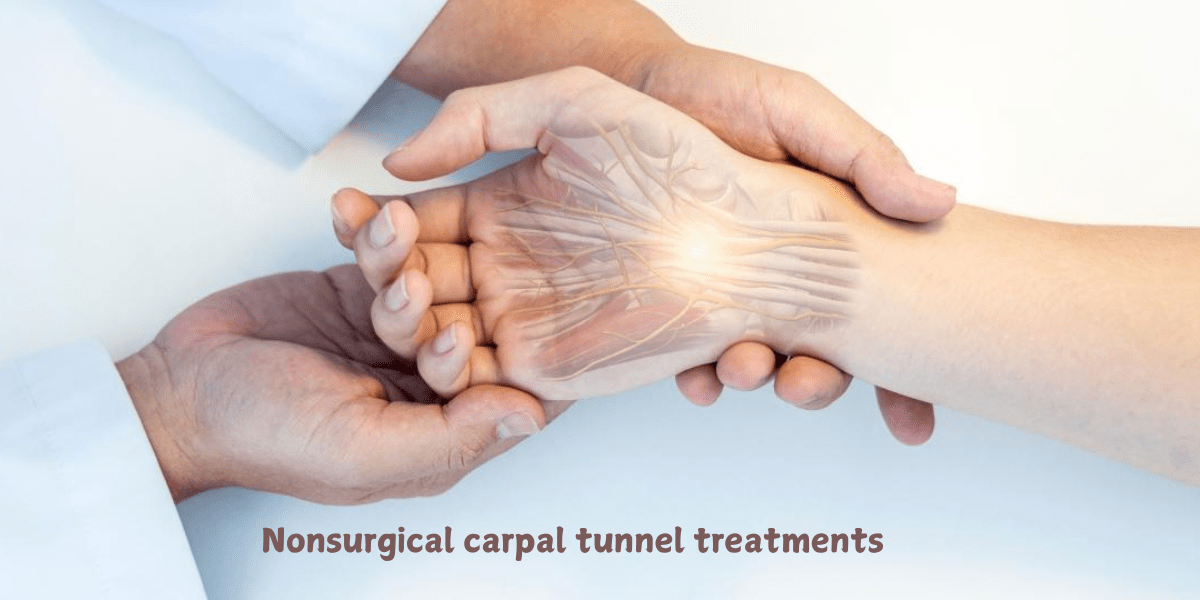
Physical Therapy for Shoulder Pain : Techniques and Benefits
Understanding Shoulder Pain :
Before delving into the techniques and benefits of physical therapy, it is essential to understand the various factors that can lead to shoulder pain. The shoulder is a complex joint, with a wide range of motion, and it’s susceptible to various problems. These can include:
Rotator Cuff Injuries : The rotator cuff is a group of muscles and tendons that surround the shoulder joint. Injuries to this area are common and can result in pain and limited mobility.
Tendinitis : Tendinitis occurs when the tendons in the shoulder become inflamed. This condition can be quite painful and often develops due to repetitive motions.
Frozen Shoulder : Also known as adhesive capsulitis, frozen shoulder is characterized by stiffness and limited movement in the shoulder joint.
Arthritis : Shoulder arthritis, particularly osteoarthritis, can lead to pain and decreased function in the joint.
The Role of Physical Therapy :
Physical therapy is a non-invasive and highly effective approach to managing shoulder pain. It involves the evaluation, diagnosis, and treatment of various musculoskeletal conditions, with a focus on improving mobility and reducing pain. Here are some of the techniques employed in physical therapy for shoulder pain:
1. Range of Motion Exercises :
One of the primary goals of physical therapy is to improve the range of motion in your shoulder joint. Therapists will guide you through a series of exercises designed to stretch and strengthen the muscles and tendons around the shoulder. These exercises can significantly enhance flexibility and reduce pain.
2. Strengthening Exercises :
To ensure long-term relief from shoulder pain, it’s crucial to strengthen the muscles that support the joint. Physical therapists will create customized exercise plans to target specific muscle groups, promoting stability and preventing future injuries.
3. Manual Therapy :
Hands-on techniques, such as massage and joint mobilization, are often used to alleviate pain and increase mobility. Manual therapy can help break down scar tissue, improve blood circulation, and promote healing.
Benefits of Physical Therapy :
1. Pain Relief :
Physical therapy can provide significant pain relief, allowing you to resume your daily activities with more comfort. The combination of exercises, manual therapy, and modalities can effectively reduce discomfort.
2. Avoiding Surgery :
In many cases, physical therapy can help individuals avoid the need for surgery. By addressing shoulder pain early with conservative treatments, surgical interventions can often be prevented.
3. Improved Mobility :
Regaining shoulder mobility is a top priority in physical therapy. With consistent effort and the guidance of a skilled therapist, you can expect noticeable improvements in your range of motion.
4. Preventing Recurrence :
Physical therapy not only treats current shoulder pain but also focuses on preventing future issues. Strengthening exercises and education about proper shoulder care can reduce the risk of recurrence.
Conclusion :
Physical therapy is a highly effective and non-invasive approach to managing shoulder pain. By improving range of motion, strength, and overall shoulder health, physical therapy can provide significant relief and enhance your quality of life. If you are suffering from shoulder pain and if you are in search of specialized care, the Painmedic Pain Management Clinic is here to help you.





